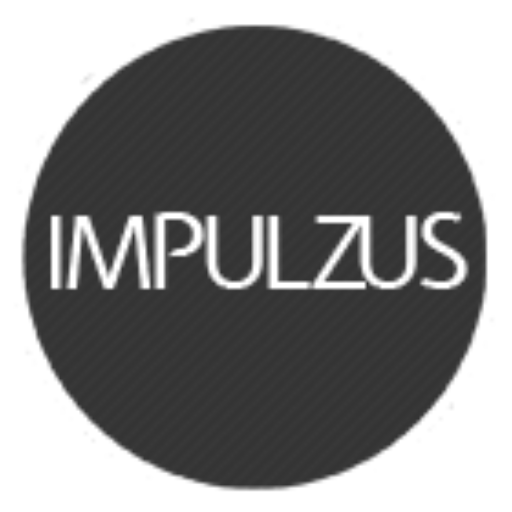![]() Tóth Enikő1, Dr. Jagodics Balázs2
Tóth Enikő1, Dr. Jagodics Balázs2
1SZTE BTK Pszichológiai Intézet, totheniko0721@gmail.com
2SZTE BTK Pszichológiai Intézet
A kiégés egy elterjedt mentálhigiénés probléma, jellemzői: deperszonalizáció, érzelmi kimerülés, teljesítménycsökkenés. Sokszor összefüggésbe hozzák a tanulmányi motivációval is. Megértésére a Követelmény-Erőforrás Modellt használtuk. A dolgozat célja megállapítani a követelmények, erőforrások összefüggéseit a kiégéssel és a tanulmányi motivációval. Az előfeltevések szerint a követelmények pozitív, az erőforrások negatív kapcsolatban állnak a kiégéssel, a tanulmányi motivációval pedig ezzel ellenkező eredményt vártunk. Az oktatatói támogatás és a tanulmányi motiváció között pozitív összefüggést feltételeztünk, ahogy az észlelt oktatói és a hallgatói kiégés között is. Az online adatfelvételben 532 alap-és mesterszakos egyetemi hallgató vett részt. A felvett mérőeszközök: Tanulmányi Motiváció Kérdőív, Maslach-féle Kiégés Kérdőív Hallgatói Változata, Egyetemi Követelmény-Erőforrás Kérdőív, Észlelt Oktatói Kiégés Kérdőív. A korrelációelemzések nagyrészt megerősítették hipotéziseinket. Minél magasabb követelményekkel állnak szemben a hallgatók és minél kisebb erőforrásokkal rendelkeznek, annál nagyobb a kiégés mértéke. Ez összefügg motivációjukkal. Érdemes nagyobb hangsúlyt fektetni az egyetemeken az oktatók és a hallgatók közötti jó viszonyra, ezzel csökkenteni a kiégést.
Kulcsszavak: hallgatói kiégés, követelmény-erőforrás modell, tanulmányi motiváció, oktatói támogatás, észlelt oktatói kiégés
[hr/]
English abstract
Burnout is a common mental health problem, which is characterized by: depersonalization, emotional exhaustion, performance degradation and it is often associated with study motivation. in the current stuy we used the Demand-Resource Model to gain better understanding of it. The assumptions were that the demands are positively related and the resources are negatively related to burnout and with study motivation we expected the opposite result. We assumed positive correlation between teacher support and study motivation as well as between perceived teacher burnout and student burnout. 532 students of Bachelor and Master of Arts/Science participated in the online survey. The recorded meters: Academic Motivation Scale, Students Version of Maslach’s Burnout Inventory, University Demand-Resources Questionnaire, Perceived Teacher Burnout Questionnaire. Correlation analyzes largely confirmed our hypotheses as demands were positively linked to burnout, while resources related negatively to it. Academic motivation was positively linked to resources and negatively to burnout. The results confirmed that it is worth focusing more on the good relationship between teachers and students in universities, thereby reducing burnout.
Keywords: students burnout, Demand-Resources Model, student motivation, teacher support, perceived teacher burnout
